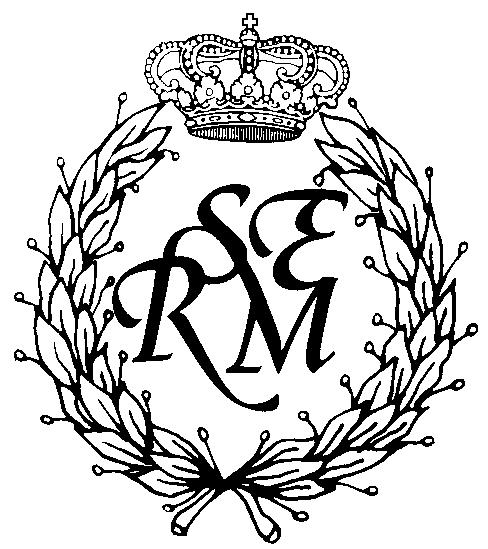Sede donde se gestiona
Santander
Lugar de impartición
Santander - Península de la Magdalena (Biblioteca)
Dirección
Carlos Beltrán ÁlvarezUniversidad de CantabriaSecretaría
Jordi Marzo SánchezUniversidad de BarcelonaORGANIZADO EN COLABORACIÓN CON

COLABORACIÓN

Descripción de la actividad
Which is the “best” way to distribute a given number of points in the surface of a sphere or another geometrical object? For example, how can we choose points that are well-separated, or that provide good choices for integration or interpolation processes? Or that, thinking on the points as negatively charged particles, have a small value of the electrostatic potential?
These questions have given rise to a series of deep and fruitful problems in mathematics, ranging from the classical Thomson problem, proposed by Sir Joseph John Thomson in 1903, to “Smale’s 7th problem” proposed by Stephen Smale in his celebrated list of Problems for the XXI Century. From Tammes problem, proposed by Pieter Merkus Lambertus Tammes (a Dutch botanist studying the distribution of exit places in pollen grains) in the 1930’s to Maryna Viazovska’s breakthrough in the generalization of Kepler's conjecture, to name just a few.
These and other related problems have attracted the attention of mathematicians and physicists coming from very different areas, ranging from Potential Theory to Approximation Theory, Complexity Theory, Numerical Analysis, Random Matrix Theory, Statistical Physics and more. Moreover, choosing a finite collection of points which are in some sense well distributed in some object is a basic building block in many applications, ranging from numerical integration to the design of optimal communication networks and the description of physical processes such as those governed by gases made of charged particles.
This school will provide students with the tools to understand the history, the applications, the state of the art and the beauty of some of these challenging mathematical problems. It will be accessible to general mathematicians and also show some of the last developments in the field by young researchers.